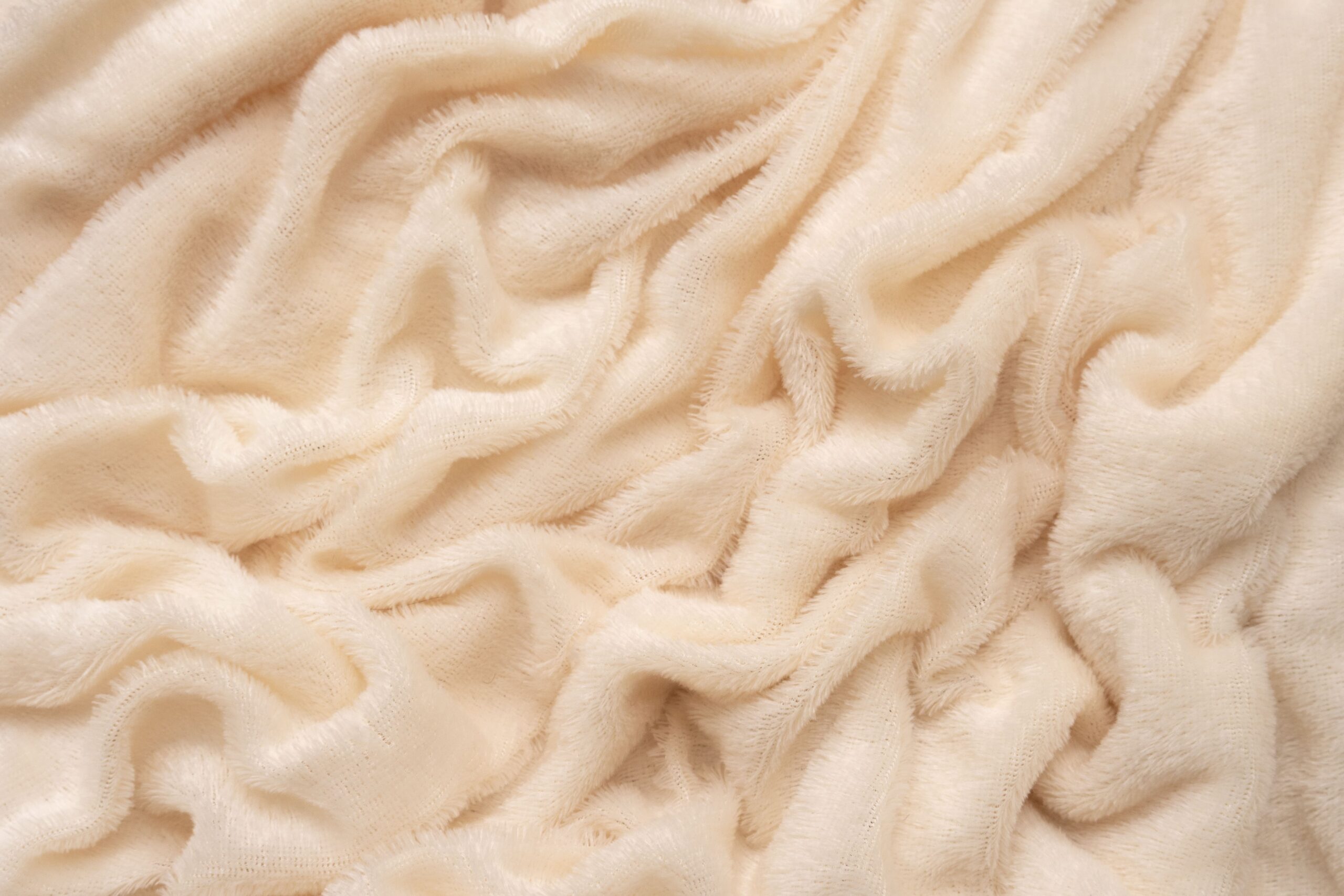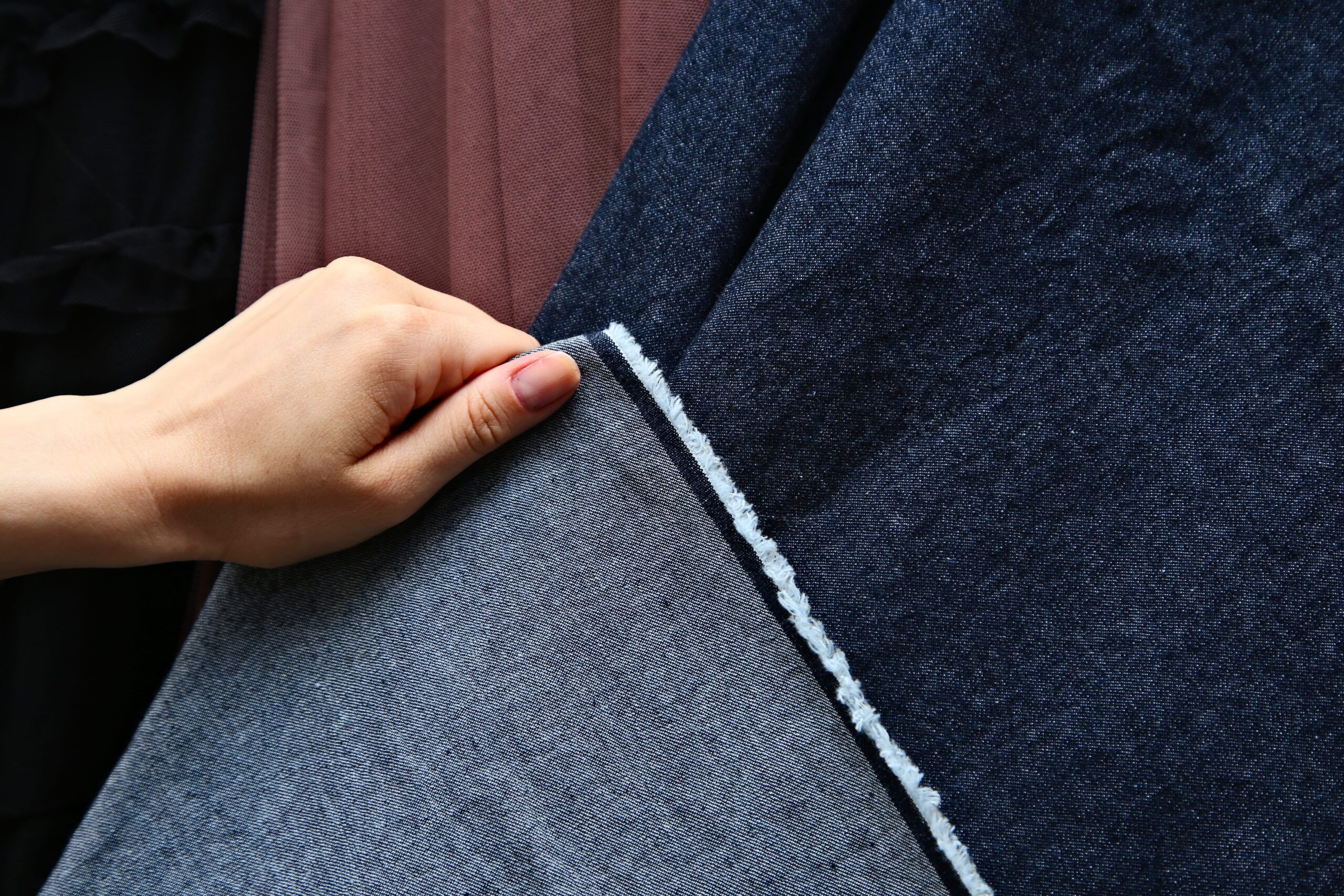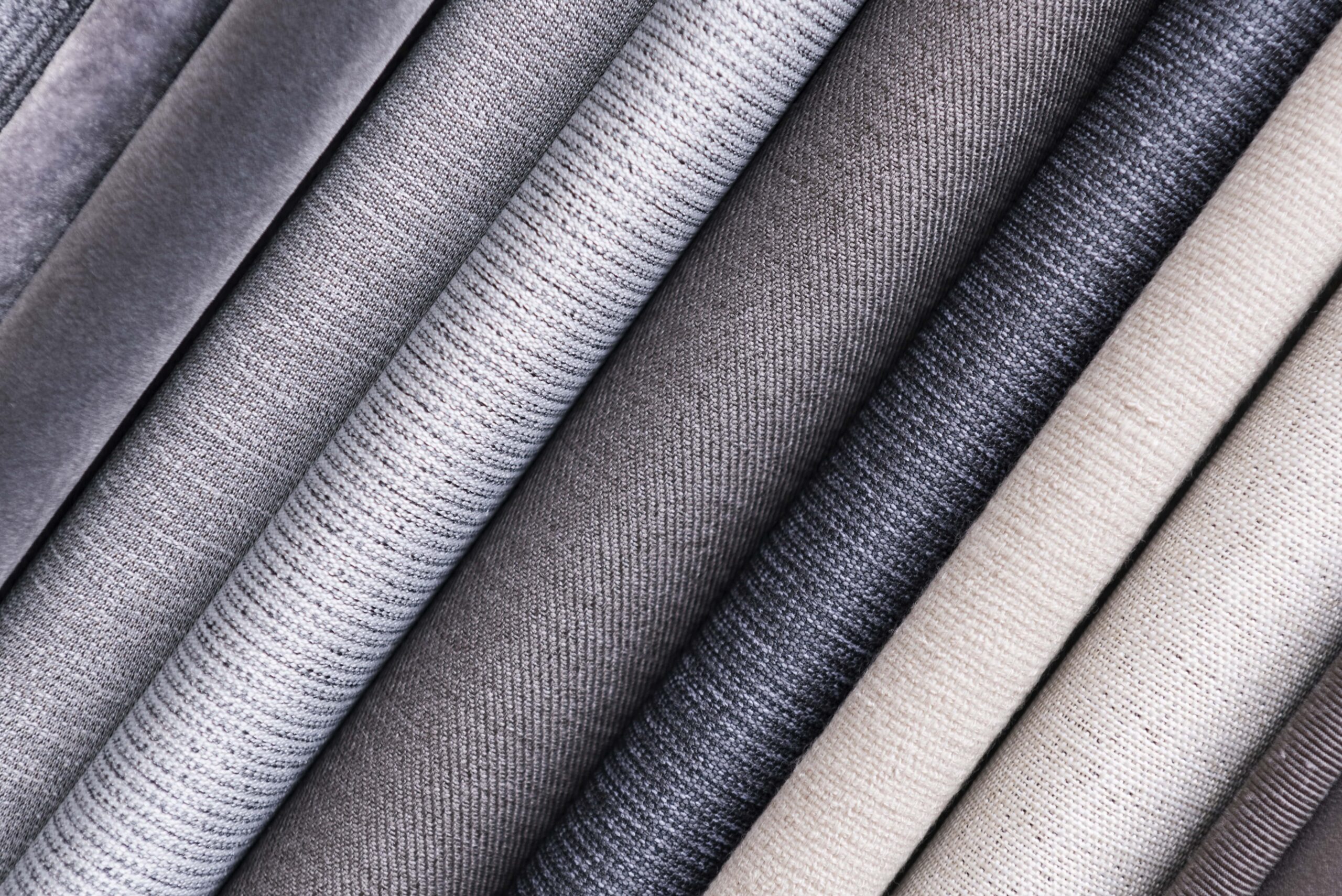Introduction
The evolution of modern textile manufacturing remains incomplete without discussing the role of textile chemicals. The differentiated streams of textile processing arose from the fact that fabrics from yarns were treated with diverse chemicals to tweak the basic textiles into specific functional ones.
Behind every breathable gym tee, every wrinkle-free shirt, and every luxuriously soft towel lies a world of textile chemicals, silent performers that shape how fabrics feel, behave, and endure. From pre-treatment and dyeing to functional finishing, textile chemicals fine-tune softness, engineer strength, and infuse style. They enable fabrics to stretch without losing form, repel water without feeling synthetic, and stay vivid after countless washes.
The Recipe for Soft Fabrics: How Textile Chemicals Enhance Fabric Feel
Softness isn’t just a matter of thread count; it is a carefully engineered quality often achieved through the strategic use of textile softeners. These speciality chemical agents are applied during the finishing stages of textile processing to improve the hand feel of fabrics, making them smoother, more pliable, and more pleasant against the skin.
Depending on the fabric type and intended use, softeners can be cationic, non-ionic, or silicone-based, each offering distinct benefits. Silicone softeners, for instance, are widely prized for imparting an ultra-silky touch and excellent drape without compromising fabric breathability.
By lubricating fibre surfaces and reducing friction between yarns, softeners enhance not only comfort but also the wearability of garments; turning otherwise coarse materials into textiles that invite touch and wear. Whether cosy loungewear or luxurious bed linen, softness is no longer left to nature – it’s crafted with chemistry.

Redefining Textile Durability with Performance Chemicals
Today, the world demands more, even from wearables – more tactile comfort, durability, longevity, and a little more of everything. Fabrics are expected to do more than look good; they must withstand frequent use, repeated washing, and diverse environmental conditions.
This is where performance chemicals step in as silent reinforcements, significantly enhancing the durability of textiles. These chemical agents, including crosslinking resins, anti-abrasion finishes, and strengthening polymers, work at the molecular level to improve fibre cohesion, tensile strength, and dimensional stability.
For instance, resin treatments help fabrics retain shape and resist wrinkles, while anti-pilling finishes prevent surface fuzzing in high-friction areas. Durable press chemicals are widely used in workwear and uniforms to maintain structure and appearance over time. Even outdoor and sports textiles benefit from specialised coatings that resist tearing, stretching, and UV degradation.
In essence, performance chemicals are future-proof fabrics, ensuring that what you wear today is built to last without compromising comfort or design.

Stylish by Design: Textile Chemicals That Elevate Fabric Aesthetics
Style in textiles isn’t just stitched; it is also chemically crafted. In the modern textile manufacturing industry, speciality chemicals are vital in creating the visual and tactile appeal that defines today’s fashion and lifestyle fabrics.
From optical brighteners that intensify whiteness and vibrancy to wrinkle-free and shrink-resistant finishes that preserve garment structure, these chemical additives ensure that aesthetics are achieved and sustained. Coating agents, calendaring finishes, and soft matte or glossy treatments can alter fabric texture and sheen to suit contemporary trends. At the same time, enzyme-based bio-finishes help achieve a clean, polished look by removing protruding fibres.
Even comfort is engineered into style — moisture-wicking finishes, anti-static coatings, and temperature-regulating additives blur the line between function and fashion. Whether the effortless drape of a dress or the sleek surface of a performance jacket, textile chemicals inject that elusive X factor, making garments look good and feel exceptional.

Smart Functional Finishes for Comfort, Care & Longevity
As consumer demands evolve, so does textile innovation, ushering in a new era of smart, functional finishes powered by cutting-edge textile chemistry. Today’s speciality chemical formulations go far beyond conventional comfort or aesthetics; they’re engineered to imbue fabrics with targeted, high-performance capabilities that respond to real-world needs.
Scientists are now developing advanced finishes that offer anti-bacterial, anti-viral, anti-odour, and UV-protective properties, making garments wearable, protective, and health-conscious.
Thermo-regulating finishes adapt to body temperature for optimal comfort, while phase change materials (PCMs) and microencapsulated agents allow fabrics to respond dynamically to environmental conditions. Water- and stain-repellent coatings are designed with eco-friendly chemistries, reducing the environmental impact without compromising effectiveness.
From self-cleaning textiles to garments that resist allergens, static, or even wrinkles for weeks, these chemical finishes are reshaping what fabrics can do. They extend the life of clothing, reduce the need for frequent washing or ironing, and enhance user experience — blending science with sustainability to meet the future of textile functionality.

FAQs
- What exactly are textile chemicals and why are they used?
A: Textile chemicals are specialised compounds used during different stages of textile manufacturing, such as pre-treatment, dyeing, printing, and finishing. They help improve softness, durability, colour fastness, wrinkle resistance, and water repellency, and even add anti-bacterial or UV-protective properties.
- Are textile chemicals safe for the skin and environment?
A: When regulated and applied correctly, most textile chemicals are safe for use and skin contact. However, sustainability concerns have led to developing eco-friendly and non-toxic alternatives. Reputed manufacturers now prioritise formulations that are OEKO-TEX® or GOTS certified, ensuring safety for consumers and the planet.
- How do softeners make fabrics feel softer?
A: Softeners reduce surface friction between fibres and improve fabric flexibility. Silicone-based or fatty-acid-derived softeners coat the fibres, making them smoother to the touch while enhancing drape and comfort.
- Can functional finishes like anti-odour or wrinkle-free last after multiple washes?
A: Many modern functional finishes are designed for durability and can withstand numerous washes. However, the longevity depends on the chemical formulation, application method, and fabric care practices. Some finishes may gradually diminish, but high-quality treatments retain effectiveness for 20–50 washes or more.
- What is the future of textile chemicals in terms of innovation?
A: The future is moving toward smart, sustainable, responsive textiles. Innovations include bio-based chemicals, microencapsulated fragrances, phase-change materials for temperature control, and self-healing or self-cleaning fabrics. The focus is increasingly on high performance with low environmental impact.
References:
- https://www.fortunebusinessinsights.com/textile-chemicals-market-103284
- https://www.textilesresources.com/articles/top-chemicals-used-in-the-textile-industry/
- https://straitsresearch.com/report/textile-chemicals-market
- https://www.cheersagar.com/blog/why-what-chemicals-are-used-in-textile-manufacturing#
- https://www.allergystandards.com/news_events/chemicals-in-textiles-and-the-health-implications/
